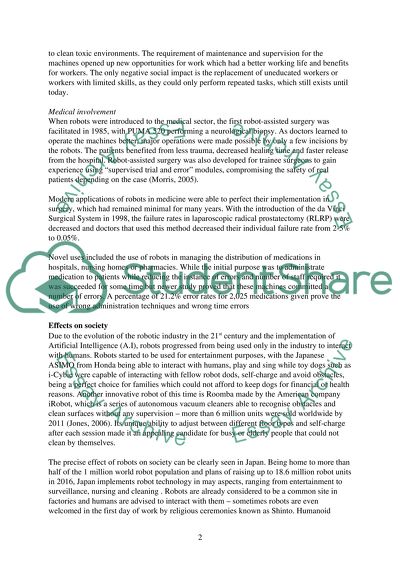Cite this document
(“Robot Essay Example | Topics and Well Written Essays - 1250 words”, n.d.)
Retrieved from https://studentshare.org/english/1462907-robot
Retrieved from https://studentshare.org/english/1462907-robot
(Robot Essay Example | Topics and Well Written Essays - 1250 Words)
https://studentshare.org/english/1462907-robot.
https://studentshare.org/english/1462907-robot.
“Robot Essay Example | Topics and Well Written Essays - 1250 Words”, n.d. https://studentshare.org/english/1462907-robot.


